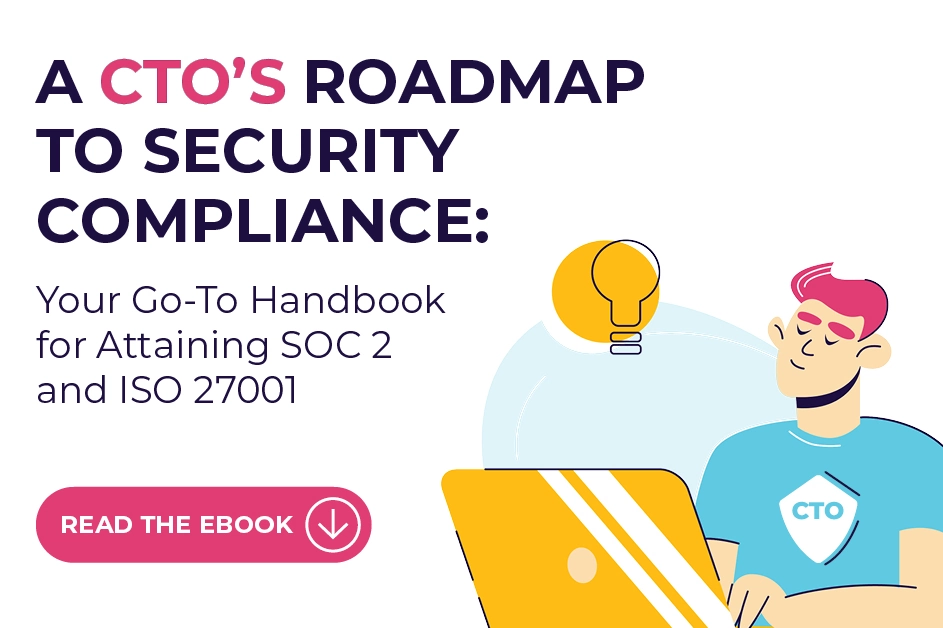Scytale now supports the CIS Controls Framework, allowing businesses to streamline their security and compliance processes.
Access Control
Access control is an important security measure used to keep your data, systems, and networks safe. It works by granting specific user permissions to access certain resources while denying access to others. This helps protect your business from malicious actors who may try to gain access to sensitive information.
What is Access Control?
Access control is the process or technology of ensuring that only authorized people or items have access to important areas and resources, such as networks, computers, servers, and other physical locations. It can help to protect systems from unauthorized access or use.
Access control typically involves the use of a variety of technologies and policies, such as security hardware, software, biometrics and preventive maintenance services, to restrict access to protected data and information.
There are several different types of access control models, including discretionary access control (DAC), mandatory access control (MAC), role-based access control (RBAC) and attribute-based access control (ABAC).
Ultimately, access control helps to ensure that an organization’s critical assets are not misused or damaged while also allowing authorized personnel to safely interact with those assets. It also helps support compliance with laws and regulations by making sure that only the right people are accessing sensitive data. In this way, businesses can maintain security while still ensuring user productivity.
Access Control Security
An effective access control policy must be established in order for any system to work properly. This includes specifying who is allowed access to particular resources, their level of authorization, and what type of activities are permitted in a given environment. Regular maintenance and updates should also be performed in order to maintain the security of the system over time.
In addition, organizations utilize various technologies for access controls including biometrics like fingerprints or eye scans; RFID cards; numerical codes; tokens; multi-factor authentication solutions such as smart cards and remote authentication dial-in user service (RADIUS); as well as data encryption and firewalls.
Overall, an effective access control policy combined with robust security technologies can help protect your organization’s assets while giving authorized personnel appropriate levels of clearance.
Types of Access Control
There are several different types of access control systems available today:
Discretionary Access Control: DAC involves granting permissions on an individual basis. This type of system allows administrators to determine who can have access to various resources as well as what type of authority users are granted over those resources.
Role-Based Access Control: RBAC is another popular form of access control that grants permission to user roles rather than individual users. This type of system allows for easy management and scalability as it typically involves assigning multiple users the same permission set.
Mandatory Access Control: MAC involves the enforcement of rules by the system itself, granting permission depending on a user’s security clearance level or security label within an organization.
Identity-Based Access Control: IBAC is based on authentication methods such as biometrics or two-factor authentication. It requires users to provide specific information in order to gain entry into a resource or system, creating a more secure environment with an added layer of protection from malicious actors.
Attribute-Based Access Control: ABAC takes into account multiple factors such as user attributes, environment conditions, and other external parameters when providing authorization for certain resources.
Access Control Technologies
Here are some of the most commonly used types of access control technologies:
- Password authentication
- Two-factor authentication
- Single sign on (SSO)
- Multi-factor authentication (MFA)
- Biometric security
- Identity and Access Management (IAM) systems
Access control is an important part of organizational security that can be enforced through a variety of methods and technologies. It provides an effective way to restrict or permit access to resources and protects organizations from unauthorized access.
Discretionary access control, role-based access control and identity-based access control are just some of the access control methods organizations can employ to ensure the security of their networks, systems and data. Access control is an essential part of any security strategy and should not be overlooked.







